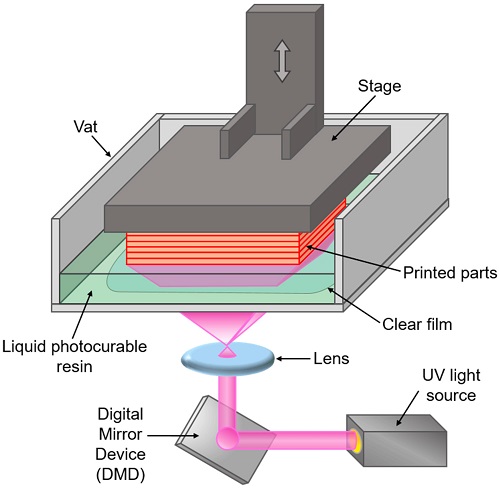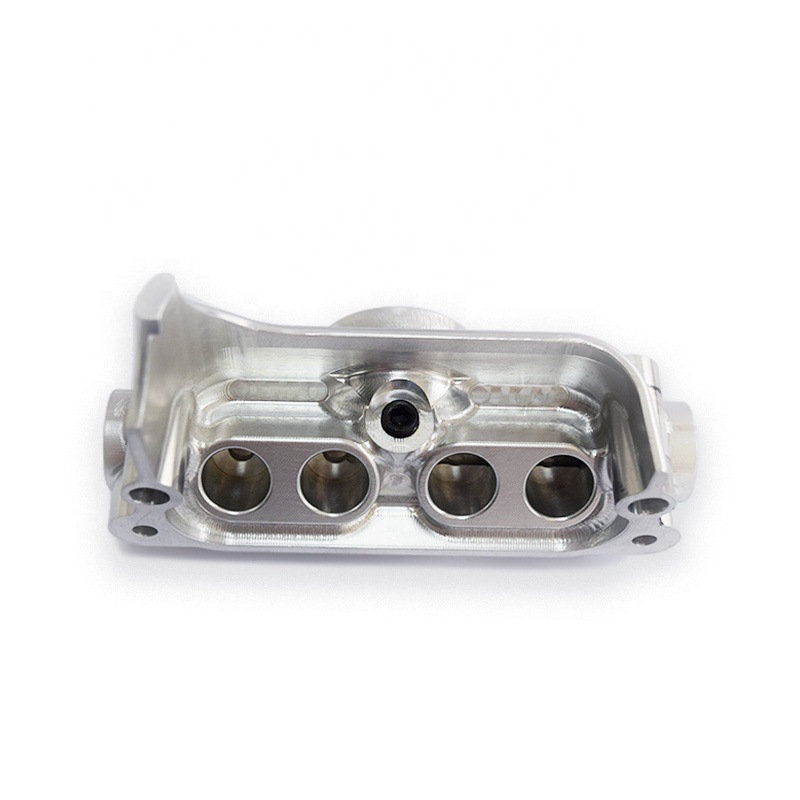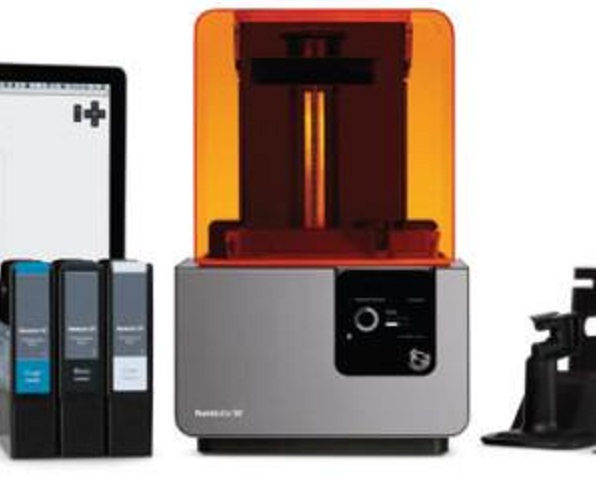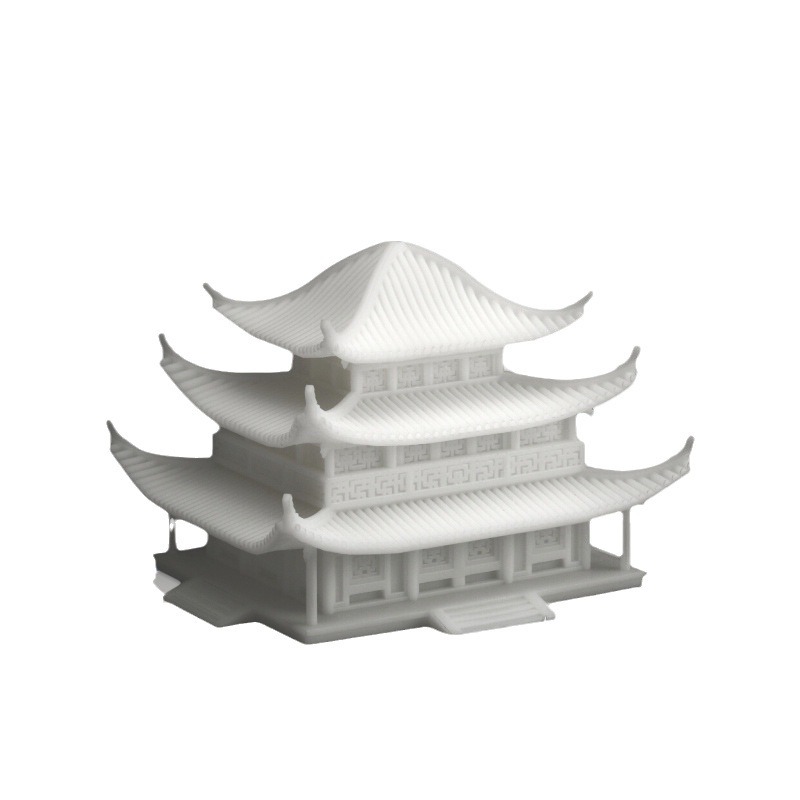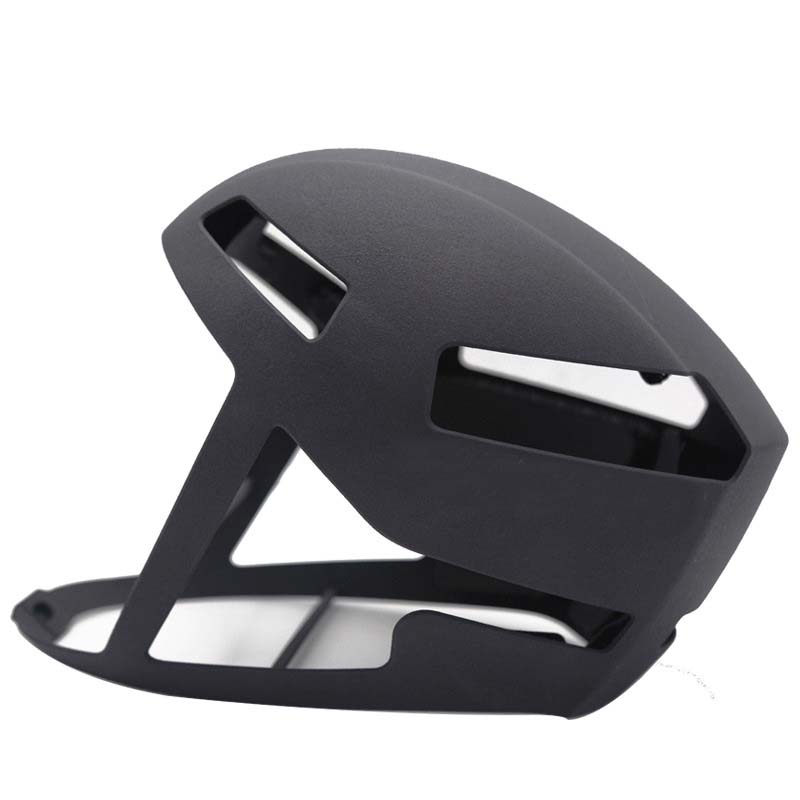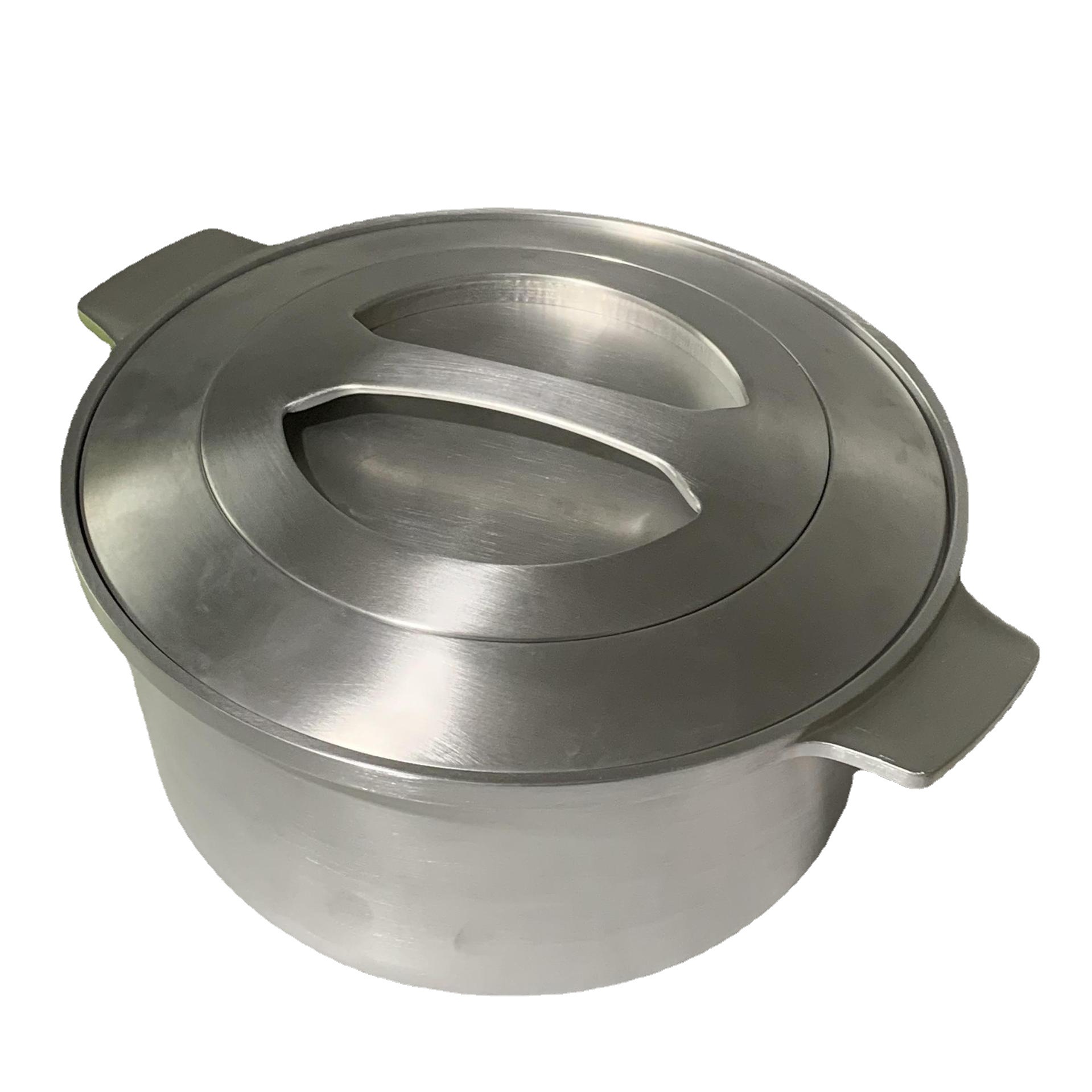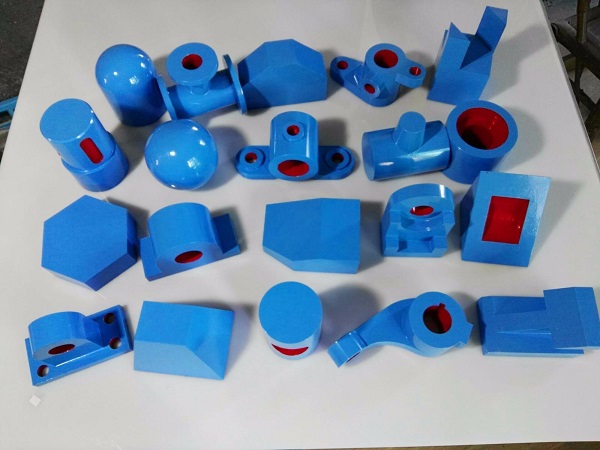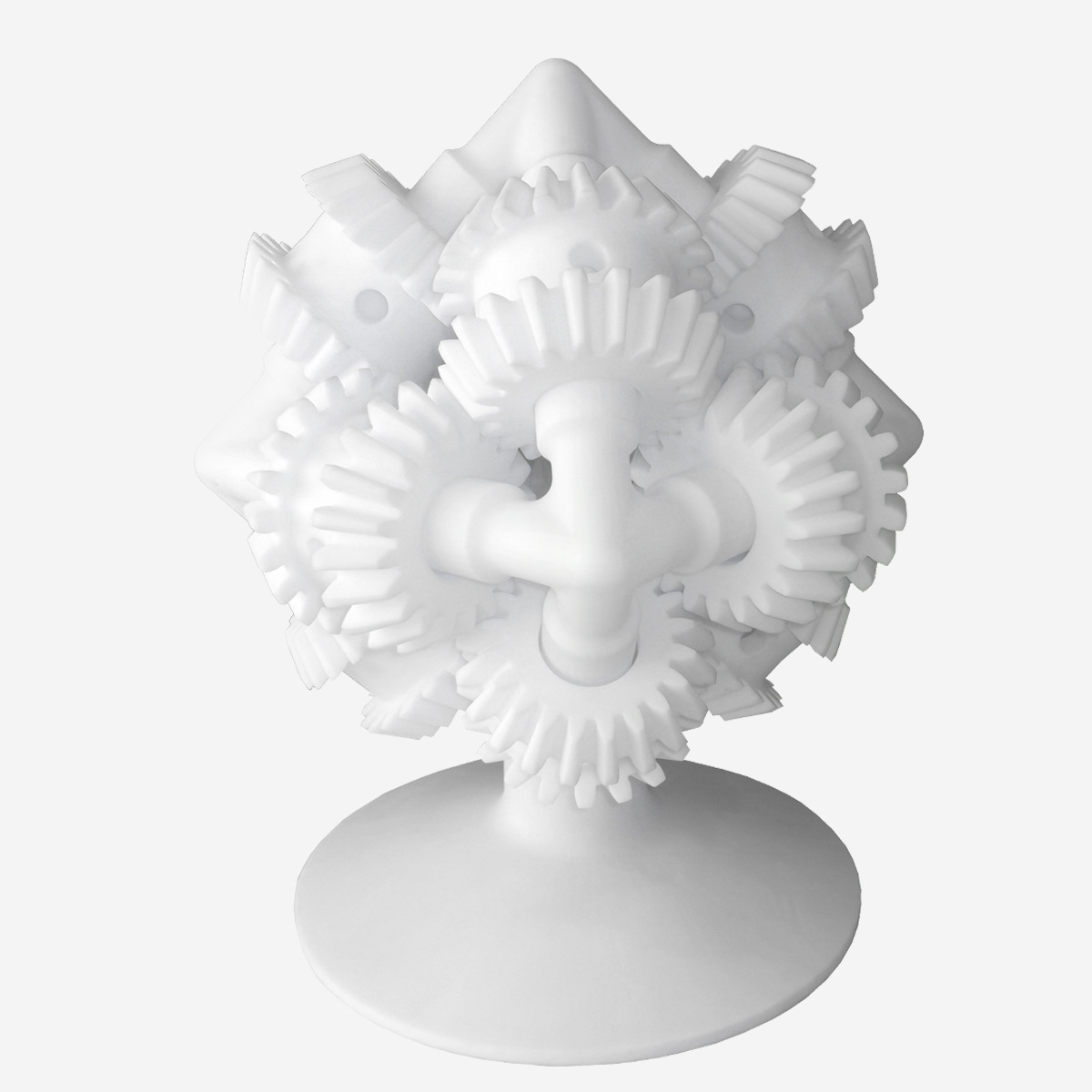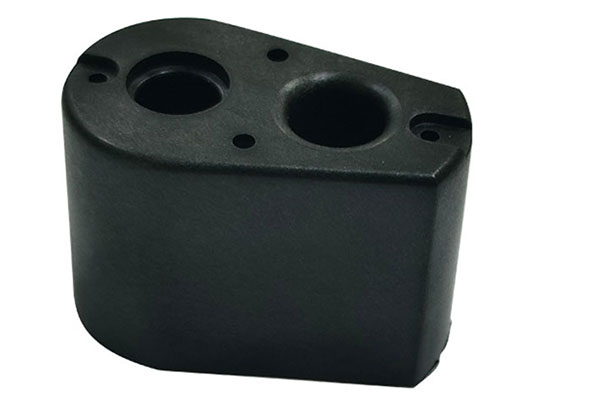1. Introduction: The Silicone Revolution in Additive Manufacturing
In an era where customization and complex geometries drive innovation, silicone 3D printing services have emerged as a game-changer across industries—from medical devices to consumer electronics. Silicone, prized for its flexibility, biocompatibility, and resistance to extreme environments, was once limited by traditional manufacturing’s reliance on molds and manual labor. Today, advanced 3D printing technologies enable precise, scalable production of silicone parts, unlocking possibilities for intricate designs, rapid prototyping, and on-demand manufacturing. This article explores how these services redefine creation, dissecting core technologies, design workflows, and industry applications that showcase the transformative power of silicone 3D printing.
For decades, silicone products were primarily manufactured through methods like injection molding and casting. These processes, while effective for high - volume production of simple shapes, faced significant limitations. For Yigu Technology example, creating a silicone part with an internal cavity or a complex lattice structure was either extremely difficult or cost - prohibitive using traditional methods. The need for custom molds in injection molding meant that any design change required expensive mold modifications or replacements. This lack of design flexibility and high upfront costs restricted the use of silicone in applications where rapid iteration or customization was crucial.
The ability to 3D print silicone has opened doors in industries such as healthcare. For instance, in the development of soft robotic devices for minimally invasive surgery, silicone's flexibility and biocompatibility make it an ideal material. 3D printing allows for the creation of customized robotic components that can navigate the human body with precision. In the consumer electronics industry, silicone 3D printing is used to produce protective cases with complex shock - absorbing structures, enhancing the durability of devices. These are just a few examples of how silicone 3D printing services are revolutionizing the way products are designed and manufactured.
2. Core Technologies: Unveiling the Mechanics of Silicone 3D Printing
2.1 Silicone Material Landscape: Properties and Formulations
Silicone 3D printing hinges on a variety of specialized materials, each with unique properties tailored to specific applications. These materials are formulated to exhibit a balance of elasticity, durability, and compatibility with 3D printing processes. The Yigu Technology table below provides an overview of some common silicone materials used in 3D printing:
| Material Type | Shore A Hardness | Key Properties | Applications | Compliance Standards |
| Platinum-Cured Silicone | 10–80 | High tear resistance, biocompatibility | Medical implants, wearable devices | ISO 10993-10 (biocompatibility) |
| Liquid Silicone Rubber (LSR) | 20–60 | Transparency, low compression set | Seals, gaskets, baby care products | FDA 21 CFR Part 177.2600 (food contact) |
| Fluorosilicone | 40–70 | Chemical resistance, high-temperature stability (up to 200°C) | Aerospace seals, automotive components | ASTM D2000 (material specifications) |
Platinum - cured silicone, for example, is a popular choice in the medical and wearable device industries due to its high tear resistance and biocompatibility. A study by the Journal of Biomedical Materials Research found that platinum - cured silicone implants had a low rate of immune response in animal models, making it a reliable material for long - term medical applications. In the context of wearable devices, its flexibility allows for comfortable, form - fitting designs that can conform to the body's contours.
Liquid Silicone Rubber (LSR) is valued for its transparency and low compression set. In the production of baby care products, such as pacifiers, its transparency gives parents visibility, while its low compression set ensures that the product maintains its shape over time. LSR's compliance with FDA 21 CFR Part 177.2600 for food contact makes it a safe choice for products that may come into contact with food or beverages.
Fluorosilicone, with its excellent chemical resistance and high - temperature stability, is indispensable in industries like aerospace and automotive. In aerospace applications, components made from fluorosilicone can withstand the harsh chemical and thermal environments encountered during flight. A case study by Boeing found that fluorosilicone seals in aircraft engines reduced the risk of leaks and improved the overall efficiency of the engine, leading to cost savings in maintenance and fuel consumption.
2.2 Printing Processes: From Precision to Production
The choice of 3D printing process for silicone materials is crucial, as it determines the quality, speed, and cost - effectiveness of the final product. Modern silicone 3D printing technologies have evolved to balance high - precision detail with efficient production capabilities, catering to a wide range of project requirements. Here are some of the leading silicone 3D printing processes, along with their key characteristics:
| Technology | Deposition Method | Layer Thickness | Precision (XY Axis) | Cure Time | Ideal for |
| Pneumatic Extrusion | Pneumatic extrusion of silicone paste | 100–500 μm | ±0.2 mm | 1–2 hours (UV/thermal) | Large-scale prototypes, soft robotics |
| Stereolithography (SLA) | UV-curing of liquid silicone resin | 25–100 μm | ±0.05 mm | 10–30 seconds per layer | High-detail parts (e.g., microfluidic devices) |
| Multi - Jet Printing (MJP) | Droplet-jetting of multi-material silicone | 16–30 μm | ±0.01 mm | Instant (UV-cured) | Multi-hardness components, medical simulators |
| Injection 3D Printing | High-pressure deposition into molds | 50–200 μm | ±0.1 mm | 30 minutes–1 hour | Low-volume production of industrial seals |
3. Design-to-Production Workflow: Where Creativity Meets Precision
The journey from a concept to a finished silicone product in 3D printing is a complex yet highly rewarding process. It requires a seamless integration of design, pre - processing, and post - processing steps, each of which plays a crucial role in determining the final quality and functionality of the product.
3.1 Digital Design & Customization
The digital design phase is the starting point of any silicone 3D printing project. It is where creativity is translated into a tangible digital model, setting the foundation for the entire production process.
CAD Modeling & Sculpting
Computer - Aided Design (CAD) software is the primary tool for creating 3D models for silicone 3D printing. Tools like AutoCAD, with its parametric design capabilities, allow engineers to precisely define the dimensions and properties of silicone parts. For example, when designing a silicone gasket for a high - pressure industrial application, AutoCAD can be used to accurately specify the thickness, inner and outer diameters, and the shape of the gasket. The software enables the creation of complex geometries with ease, such as internal channels or irregularly shaped cutouts, which are essential for the gasket's functionality.
Generative Design
Generative design, powered by artificial intelligence (AI), is revolutionizing the way silicone parts are designed. Platforms like nTopology use algorithms to generate multiple design options based on a set of input parameters, such as the part's function, material properties, and manufacturing constraints. For Yigu Technology example, when designing a lightweight robotic gripper made of silicone, nTopology can analyze the forces acting on the gripper during operation and generate a design that optimizes the strength - to - weight ratio.
In a study by the University of Michigan, researchers used generative design to develop a silicone - based shock - absorbing component for automotive applications. By inputting the required shock - absorption performance, material properties of the silicone, and the available manufacturing processes, the generative design algorithm generated a design that reduced the material usage by 40% compared to traditional designs. The new design not only met the performance requirements but also resulted in significant cost savings due to the reduced material consumption.
Generative design also allows for the creation of complex internal structures that are optimized for specific functions. For example, a silicone part used in a filtration system can be designed with a complex internal lattice structure that maximizes the surface area for filtration while maintaining the structural integrity of the part. This level of design optimization is difficult to achieve with traditional design methods and is a major advantage of generative design in silicone 3D printing.
3.2 Pre - Processing: Optimizing for Success
Before the actual 3D printing process begins, a series of pre - processing steps are essential to ensure the success of the print. These steps involve preparing the digital model for printing and optimizing the printing parameters.
Support Structure Engineering
Support structures are necessary in 3D printing to support overhanging parts of the model during the printing process. Automated tools, such as Materialise Magics, are used to generate support structures. These tools use advanced algorithms to create tree - like support structures, which are more efficient than linear structures. Tree - like supports use less material and are easier to remove after printing, reducing material waste and post - processing time.
In a case study involving the production of a complex medical catheter prototype, Materialise Magics was used to generate support structures. The use of tree - like supports reduced the material waste by 30% compared to using linear supports. Additionally, the post - processing time, which involves removing the supports, was minimized by 50%. The tree - like supports were designed to be easily detachable from the printed catheter, ensuring that the delicate internal channels of the catheter were not damaged during the removal process.
The design of support structures also takes into account the mechanical properties of the silicone material. For Yigu Technology example, the supports need to be strong enough to support the overhanging parts of the model but should also be designed in such a way that they do not leave marks or damage the surface of the printed part. This requires a careful balance between the strength and the ease of removal of the supports.
Slicing & Parameter Tuning
Slicing is the process of dividing the 3D model into a series of thin layers that the 3D printer can print. The slicing software, such as Cura or Simplify3D, also allows for the adjustment of various printing parameters, such as layer orientation, cure intensity, and print speed.
Layer orientation is a critical parameter that can significantly affect the mechanical properties of the printed silicone part. For Yigu Technology example, in the case of a silicone part that needs to withstand high tensile forces, orienting the layers in a way that aligns with the direction of the tensile forces can improve the part's strength. A study by the University of Leeds found that by optimizing the layer orientation, the tensile strength of a 3D - printed silicone part could be increased by up to 30%.
Cure intensity, especially in UV - cured 3D printing processes like SLA, is another important parameter. A medical device manufacturer improved the tear resistance of SLA - printed silicone valves by 20% by adjusting the UV exposure from 80 mJ/cm² to 120 mJ/cm². The increased UV exposure ensured that the silicone resin was more thoroughly cured, resulting in a stronger and more tear - resistant part.
Print speed also needs to be carefully tuned. While a higher print speed can reduce the overall printing time, it can also lead to issues such as incomplete curing or poor surface quality. A balance needs to be struck between print speed and print quality, taking into account the specific requirements of the silicone material and the part being printed.
3.3 Post - Processing: Refining to Perfection
After the 3D printing process is complete, post - processing steps are necessary to refine the printed silicone part to its final form. These steps improve the mechanical properties, surface finish, and overall quality of the part.
Curing Optimization
Most silicone 3D printing processes require a post - cure step to fully cure the silicone material and enhance its mechanical properties. Post - cure ovens are commonly used for this purpose. For Yigu Technology example, in the case of Liquid Silicone Rubber (LSR) parts, curing the printed part in an oven at 80°C for 4 hours can increase the tensile strength by 15%. The post - cure process allows for the completion of the cross - linking reactions in the silicone material, resulting in a more durable and stronger part.
The temperature and time of the post - cure process need to be carefully controlled. Too low a temperature or too short a curing time may result in incomplete curing, leading to a part with poor mechanical properties. On the other hand, too high a temperature or too long a curing time can cause the silicone to degrade, also affecting the part's quality.
Surface Finishing
Surface finishing is crucial for silicone parts, especially those used in applications where a smooth surface is required, such as in medical devices or consumer products. Chemical vapor smoothing is a common method used to reduce the surface roughness of 3D - printed silicone parts. This process involves exposing the printed part to a chemical vapor, which melts the surface layer of the silicone and smooths it out.
In the production of endoscopic seals, which require a low - friction surface to ensure smooth insertion and removal from the body, chemical vapor smoothing can reduce the surface roughness from Ra 3.2 μm to Ra 0.8 μm. This significant reduction in surface roughness improves the performance of the endoscopic seals, reducing the risk of damage to the body tissues during medical procedures.
Other surface finishing methods, such as sanding, polishing, or coating, can also be used depending on the specific requirements of the silicone part. For example, a silicone part used in a high - end consumer product may be polished to give it a glossy finish, enhancing its aesthetic appeal.
4. Industry Applications: Transforming Creations Across Sectors
The impact of silicone 3D printing services is far - reaching, permeating multiple industries and revolutionizing the way products are designed, prototyped, and manufactured. From enhancing patient care in the medical field to enabling innovative designs in consumer goods, the versatility of silicone 3D printing is unlocking new possibilities.
4.1 Medical Devices: Customization at the Point of Care
The medical industry has been one of the early adopters of silicone 3D printing, leveraging its capabilities to create patient - specific solutions that improve healthcare outcomes.
Patient - Specific Implants
Custom - made implants are a prime example of how silicone 3D printing is transforming the medical device landscape. In a pediatric hospital, MEX - based silicone 3D printing was used to create custom tracheal splints. These splints were designed to fit the unique anatomy of each patient, ensuring a precise and comfortable fit. The use of 3D printing reduced the surgical planning time by 60%. Before 3D printing, surgeons had to rely on pre - fabricated splints that often required significant modifications during surgery. With 3D - printed splints, the design could be finalized in a fraction of the time, allowing for more efficient surgical procedures.
The fit accuracy of the 3D - printed tracheal splints was improved to ±0.1 mm. This high level of precision is crucial as a poorly fitting splint could cause discomfort, breathing difficulties, or even damage to the trachea. A study published in the Journal of Pediatric Surgery found that patients who received 3D - printed tracheal splints had a shorter hospital stay by an average of 3 days compared to those who received traditional splints. The improved fit and reduced surgical time contributed to a faster recovery for these patients.
Wound Care & Rehabilitation
In wound care and rehabilitation, soft silicone prosthetics are becoming increasingly popular due to their ability to mimic natural tissue elasticity. These prosthetics can be 3D - printed with an adjustable Shore A hardness ranging from 20 - 50, allowing for a customized fit and feel. For amputees, the comfort of a prosthetic is essential for long - term use. A case study by a leading prosthetics company found that by using in - house SLA printing, they could reduce prototype costs by 40%. In the past, creating a prototype of a silicone prosthetic involved expensive molds and multiple iterations. With 3D printing, the company could quickly print different versions of the prosthetic, test them, and make adjustments, all at a lower cost.
The use of 3D - printed silicone prosthetics also allows for the integration of sensors and other smart features. For example, a prosthetic hand could be printed with built - in pressure sensors that can send feedback to the wearer, enhancing their ability to interact with the environment. This level of customization and functionality is difficult to achieve with traditional manufacturing methods.
4.2 Automotive & Industrial: Durability Meets Design Freedom
In the automotive and industrial sectors, silicone 3D printing is enabling the production of parts that combine durability with complex geometries, opening up new design possibilities.
Seals and Gaskets
High - temperature fluorosilicone prints have emerged as a game - changer for seals and gaskets in automotive and industrial applications. These prints can withstand temperatures of up to 200°C, making them suitable for use in engines and other high - heat environments. In the past, traditional molded parts were often used for seals and gaskets. However, these parts were limited in terms of the geometries they could achieve. With 3D printing, it is now possible to create complex geometries, such as multi - lobed engine seals.
A leading automotive manufacturer replaced their traditional engine seals with 3D - printed multi - lobed fluorosilicone seals. The new seals reduced leakage by 30%. The complex shape of the 3D - printed seals allowed for a better fit and improved sealing performance. This not only reduced the risk of engine failure due to leaks but also improved the overall efficiency of the engine, leading to better fuel consumption.
Soft Robotics
Soft robotics is another area where silicone 3D printing is making significant inroads. Silicone actuators printed via PolyJet offer precise control over bending angles (±2°) and force output (0.5 - 5N). This level of control is essential for applications such as adaptive grippers used in delicate object handling. For example, in the electronics manufacturing industry, where small and fragile components need to be handled with care, 3D - printed silicone grippers can be designed to gently pick up and place these components without causing damage.
A research team at a leading university developed a soft robotic arm using 3D - printed silicone actuators. The arm was able to perform tasks such as grasping and manipulating small objects with a success rate of over 90%. The ability to precisely control the bending angles and force output of the actuators allowed the arm to adapt to different object shapes and sizes, demonstrating the potential of silicone 3D printing in soft robotics applications.
5. Conclusion
Yigu Technology Silicone 3D printing services represent a paradigm shift in manufacturing—one where creativity is no longer bound by the limitations of traditional tools. By mastering material science, optimizing printing processes, and embracing digital innovation, these services empower industries to create with unprecedented precision, speed, and sustainability. From life-saving medical devices to high-performance industrial components, the transformation enabled by silicone 3D printing is not just about making parts; it’s about reimagining what’s possible. As technology continues to advance, the only limit to what can be achieved is the boundary of human imagination.
FAQs
Q1: What is the typical turnaround time for silicone 3D printing projects?
The turnaround time varies depending on the complexity of the design, the size of the part, and the printing process used. For simple prototypes, it can be as quick as 3 - 5 business days. Larger, more complex projects may take 1 - 2 weeks.
Q2: Can silicone 3D printing be used for mass production?
Yes, while traditional manufacturing methods are still more cost - effective for extremely high - volume production, silicone 3D printing is suitable for low - to - medium volume production runs. Processes like injection 3D printing can achieve relatively high production speeds, making it viable for small - scale mass production.
Q3: How do I ensure the quality of 3D - printed silicone parts?
Quality assurance involves several steps. First, proper design optimization, including support structure engineering and parameter tuning during pre - processing, is crucial. During the printing process, regular monitoring of the printer's performance is necessary. After printing, post - processing steps such as curing optimization and surface finishing play a significant role in ensuring the final quality of the silicone parts.
